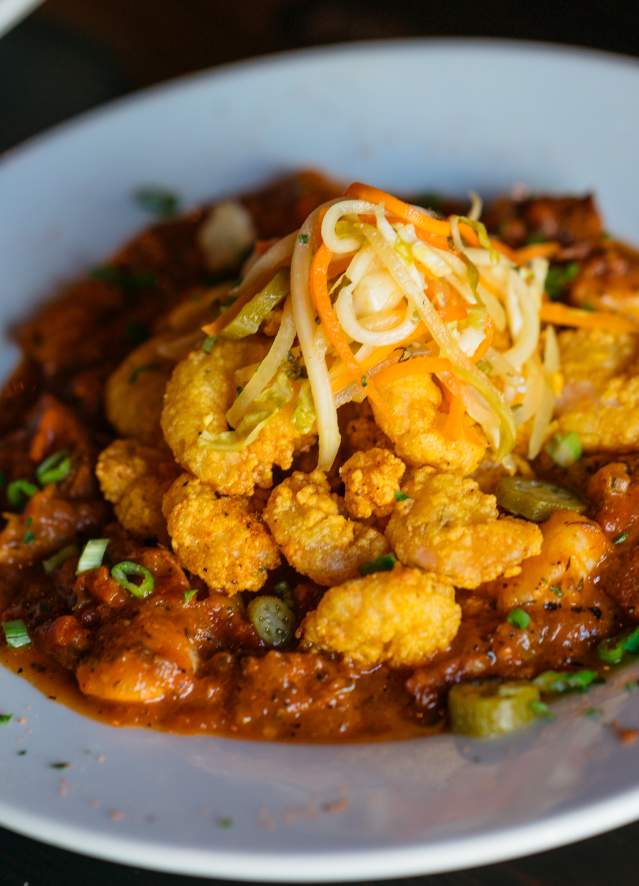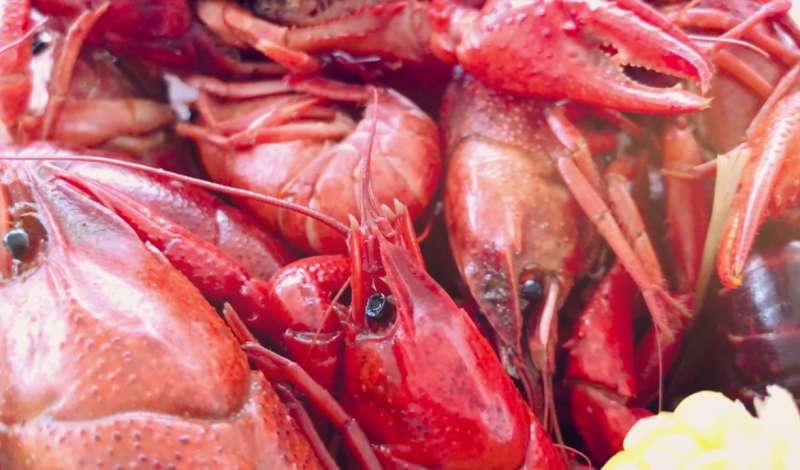A Guide to Cajun and Creole Food in New Orleans
Unlock a whole new understanding of New Orleans’ cuisine and culture
What’s the difference between Cajun and Creole?
Though often times used interchangeably, Cajun and Creole are two distinct ethnic groups with their own unique history, traditions and culture. No matter how different their backgrounds - one thing these two groups share in common is their immense contributions to the State of Louisiana, and of course, the city of New Orleans. From cuisine to architecture, and language to customs, there’s so much inspiration to be noted from each group. Discover the subtle yet significant differences between the two.
 Rebecca Todd, NOTMC
Rebecca Todd, NOTMC
What is the definition of Cajun?
Most historians define Cajuns as an ethnic group of Acadian descent. Acadians are French settlers who made their way to Canada. They were eventually exiled and relocated to lower Louisiana in the late 1700’s, where they would begin to be known as Cajuns. Easily identified by their distinguished Cajun-French accents, today, Cajuns are known for their vibrant music (including Zydeco), lively dancing and delectable cuisine.
What is the definition of Creole?
More difficult to define than Cajun, the term Creole is highly debated and holds no official definition. Historians have defined Creole as meaning anything from an ethnic group consisting of individuals with European and African, Caribbean or Hispanic descent to individuals born in New Orleans with French or Spanish ancestry. However someone defines it, it is clear that the impact of Creole culture and heritage has made its mark on New Orleans through various avenues and means. Many elements of New Orleans’ history, art, food and more are due to Creole contributions.
 Paul Broussard
Paul Broussard
What’s the Difference between Cajun and Creole Food
Among the many unique differences between the two, the most delicious and intriguing are those between their cuisine. Cajun and Creole food are both native to Louisiana and can be found in restaurants throughout New Orleans. One of the simplest differences between the two cuisine types is that Creole food typically uses tomatoes and tomato-based sauces while traditional Cajun food does not. However, the distinction runs much deeper into the history of New Orleans.
 Rebecca Todd, NOTMC
Rebecca Todd, NOTMC
Cajun Food
Cajun food is robust, rustic food, found along the bayous of Louisiana, a combination of French and Southern cuisines. It was brought to Louisiana from the French who migrated to the state from Nova Scotia 250 years ago and used foods, right from the land. Think of meals with lots of smoked meats as well as meat-heavy, one-pot dishes like jambalaya or the rice-filled, spicy pork sausage known as boudin. The backyard crawfish boil is also another byproduct of Cajun culture. Though delicious Cajun food can certainly be found in New Orleans, the true heart of Cajun country lies northwest of the city in areas like Breaux Bridge and Lafayette.
Creole Food
Creole food is cosmopolitan food, created in New Orleans with European, African and Native American roots. The French influence is strongest, but vestiges of Italian, Spanish, German, and even Caribbean can be found in some dishes. The essence of Creole is found in rich sauces, local herbs, red ripe tomatoes, and the prominent use of seafood, caught in local waters. It is associated with the old-line kitchens of New Orleans, where generations of traditions are carried on today. Think of rich, roux-based gumbo, shrimp creole, grits and grillades, redfish courtbouillon and more.
 Paul Broussard
Paul Broussard
How are Cajun and Creole Foods Similar?
Both cuisines make liberal use of what New Orleanians call the "holy trinity" of cooking: chopped green peppers, onions and celery. The most common misconception is that both foods are spicy, fiery hot. Both Creole and Cajun cuisines have a depth of flavor, borne of a loving blend of local herbs and (quite often) roux and may or may not be spicy. But one thing is definitely true - you’ll never go wrong adding a few shakes of Louisiana hot sauce to either. In New Orleans, Creole and Cajun dishes can be found at many of our 1,400 restaurants any time. Explore more of the differences (and some similarities) in this video below:

